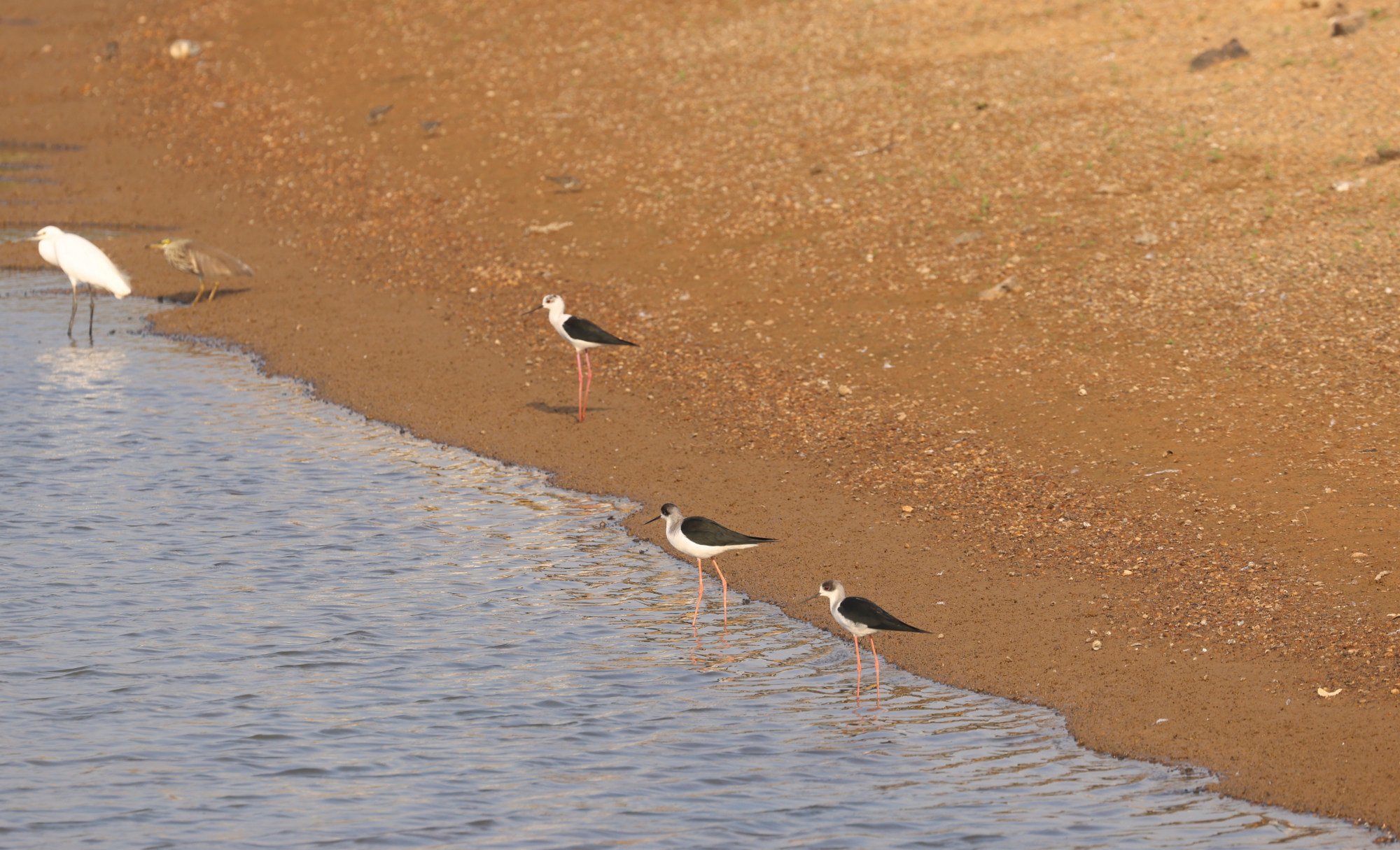Environmental report on planned Hong Kong tech hub near mainland China border gets conditional green light
Government advisers have given a conditional green light to an environmental impact assessment for a planned Hong Kong technology hub near the border with mainland China despite objections from conservation groups.
The government-appointed Advisory Council on the Environment on Monday unanimously endorsed the report on the San Tin Technopole with eight conditions, including requiring authorities to outline mitigation measures for filling fish ponds that give way for development.
Approval was given despite 10 green groups urging the council to reject the assessment on the grounds that the study contained inaccurate information and might be subject to legal challenges.
But council chairman Professor John Chai Yat-chiu said the advisers believed the project could strike a balance between conservation and development.
Reject impact assessment for Hong Kong technopole project, green groups say
Reject impact assessment for Hong Kong technopole project, green groups say
“Although the development will affect existing fish ponds and wetlands, mitigation measures can bring numerous environmental benefits,” he said.
One condition requires the Civil Engineering and Development Department to submit a “habitat creation and management plan” – outlining compensation measures, future management strategy and monitoring parameters – no less than nine months before it starts to fill 90 hectares (220 acres) of fish ponds for the project.
Terence Tsang Sai-wing, an assistant director of the Environmental Protection Department, said the plan would be subject to the approval of the council and director of environmental protection.
He said the civil engineering department was also required to set up an environment committee, composed of officials, green groups and academics, to advise on the plan. And the department had to report regularly to the committee on its progress implementing the plan.
“That is a very stringent mechanism,” Tsang said, adding that under the plan, the effectiveness of the mitigation measures would be monitored and authorities would need to take follow-up measures if they failed to reach the parameters.
The council also required the government to file a detailed design of wildlife corridors in the area, an implementation plan for enhancing wetlands in nearby Mai Po and an interim wetland enhancement proposal.
It also made seven recommendations to the government, including exploring the feasibility of adopting green building design in San Tin.
The council’s Environmental Impact Assessment Subcommittee endorsed similar conditions and suggestions at a closed-door meeting last month.
Despite the council’s conditional approval, the final decision on whether to pass the environmental impact assessment rests with the director of environmental protection.
“If there is a judicial review, we will handle it according to our established procedures,” Tsang said.
How environmental concerns may interrupt Hong Kong’s planned border tech hub
How environmental concerns may interrupt Hong Kong’s planned border tech hub
A spokesman for the Environmental Protection Department said the director would review the assessment and consider comments from the public and council before making a decision.
The project will take up more than 600 hectares of land near the border, with half of the site earmarked for developing the innovation and technology industry. The rest will become a town centre with 54,000 flats and the first residents to move there in 2031.
Half of the 90 hectares of fish ponds to be filled for the development are still active. A proposed 338-hectare wetland park at Sam Po Shue will compensate for the ecological loss.
Most council members on Monday voiced support for the development as the Technopole could advance the city’s innovation industry, with a few raising concerns on whether the mitigation measures would be implemented effectively.

Tony Cheung Ka-leung, project manager in the civil engineering department’s North Development Office, said the government would only start filling the ponds in 2026-27, when it had started construction for the Sam Po Shue wetland park.
The park is expected to have the first 150-hectare phase ready by 2031 and the rest by 2039.
Cheung said authorities would begin initial works that did not involve pond filling at San Tin in 2025 once the legislature granted funds by the end of this year.
He also said the government would commence other enhancement work before filling the ponds at San Tin, such as restoring grassland into fish ponds in nearby areas.
Environmental impact report on Hong Kong border project misidentified birds
Environmental impact report on Hong Kong border project misidentified birds
The civil engineering department also dismissed the green groups’ criticism of the environmental impact assessment, stressing the contents were valid and sufficient.
Three environmental groups expressed disappointment with the council’s conditional approval and urged it to dismiss the environmental impact assessment.
“If the report was approved, we fear that it would bring irreversible damage,” their statement said.
Ten green groups said the environmental impact assessment was flawed, pointing to 35 violations of statutory requirements and guidelines, as well as 27 serious technical assessment and data errors.


